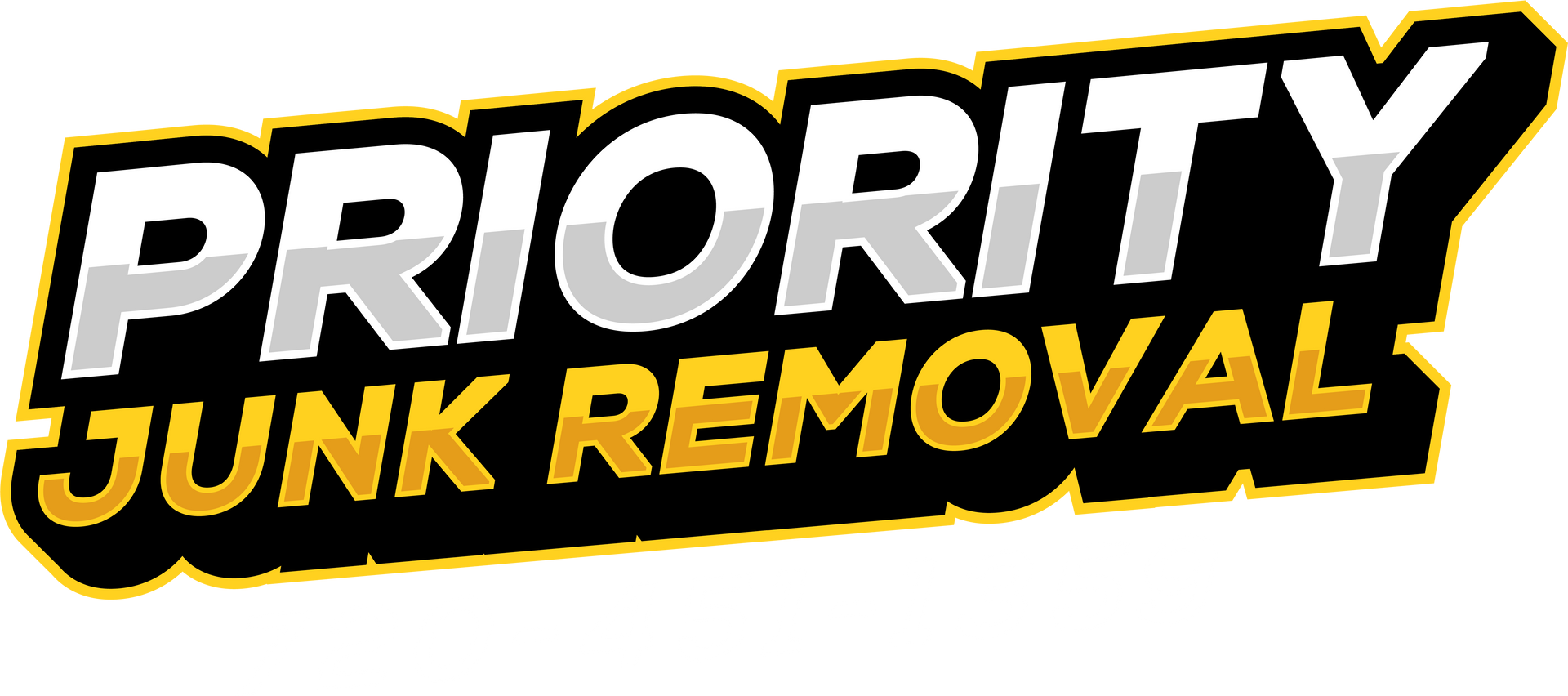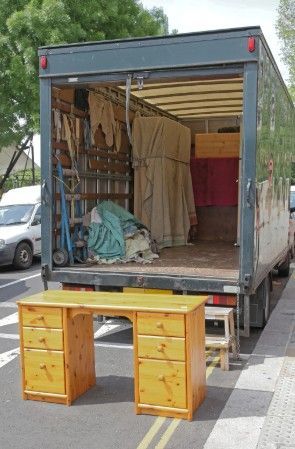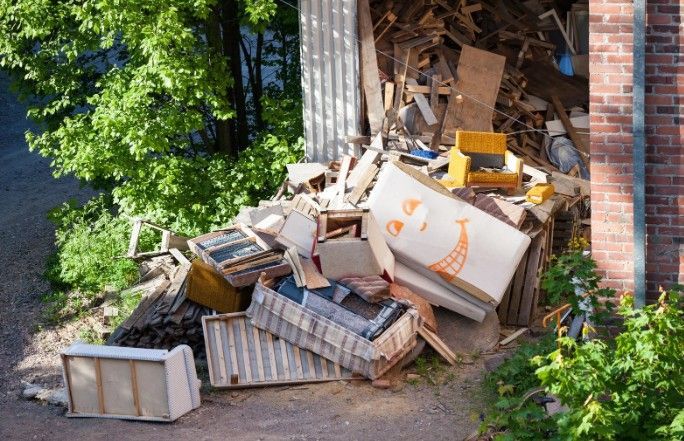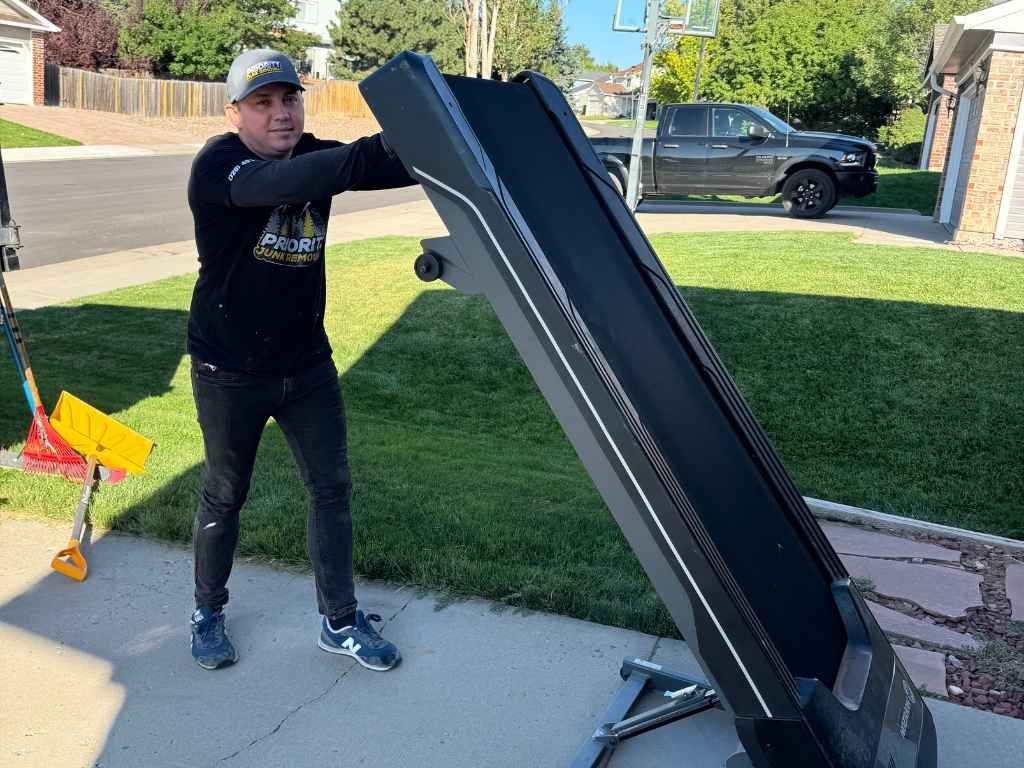How to Tackle Office Cleanouts with Minimal Disruption
Office cleanouts can feel like navigating a maze of desks, filing cabinets, and forgotten office supplies. The process can be overwhelming, especially when aiming to maintain productivity and avoid disrupting daily operations. However, with the right approach, cleaning out an office space can be a seamless experience that revitalizes the workplace without causing unnecessary chaos.
Understanding the Need for an Office Cleanout
An office isn’t just a place of work; it’s a reflection of efficiency and organization. Over time, clutter accumulates, making spaces feel cramped and disorganized. Old documents pile up, outdated equipment takes up valuable space, and unnecessary furniture can create obstacles rather than facilitate productivity. Whether a company is relocating, downsizing, upgrading equipment, or simply conducting a seasonal purge, a structured cleanout ensures that the transition is smooth. Beyond simply throwing out old items, office cleanouts improve workflow, enhance aesthetics, and create a more functional work environment.
Employees benefit from a clutter-free space that promotes concentration and reduces stress. Moreover, clients and visitors are more likely to have a positive impression of a well-organized office. Taking proactive measures to eliminate excess materials can also streamline operations, making it easier to access essential files, supplies, and equipment. A well-planned office cleanout is an investment in efficiency and productivity, creating a workspace that supports business growth and daily functionality.
Planning for a Seamless Office Cleanout

A successful cleanout starts with a clear and organized plan. Diving into the process without a roadmap can result in misplaced items, loss of essential documents, and an uncoordinated mess. Setting clear goals and establishing a timeline ensures minimal disruption to daily operations. Start by assessing the current office layout and determining which areas need the most attention. Identify what needs to be discarded, what can be repurposed, and what should be donated or recycled. Assigning tasks to different team members ensures efficiency and accountability throughout the process.
Providing employees with guidelines on how to sort their personal workspaces helps maintain order. Scheduling the cleanout in phases rather than tackling everything at once can also make the process more manageable. Communication is key—informing employees of the cleanout schedule and expectations ensures everyone is on the same page. A structured approach to the cleanout process minimizes downtime and allows the office to transition smoothly into a more organized space.
Sorting and Categorizing Items
Taking down an office space can feel overwhelming, but a strategic approach makes the process smoother and more manageable. Properly sorting and categorizing items ensures that nothing valuable is lost and that everything is disposed of or repurposed responsibly. Breaking the process down into clear steps helps maintain order and prevents last-minute chaos.
- Sort Items Into Categories: Start by dividing everything into clear groups: essential, outdated, recyclable, and disposable. Essential items include computers, office supplies, and important documents. Outdated items might be old furniture, obsolete electronics, or irrelevant paper files. Recyclable items include paper, plastics, and metals. Finally, disposable items are those with no further use, such as broken or worn-out supplies.
- Label Everything Clearly: Using a color-coded labeling system can significantly reduce confusion and keep the process organized. Assign specific colors to each category—such as green for recyclables, red for disposables, and blue for essentials. Create a checklist to track what’s been sorted and where it’s going. This helps ensure nothing is lost or misplaced during the transition.
- Handle Electronics Properly: Old computers, printers, and other electronics need special handling to comply with environmental regulations. Partner with a certified e-waste recycling service to ensure these items are disposed of responsibly. Remove any sensitive data from devices before recycling them. This prevents data breaches and ensures that valuable parts are repurposed where possible.
- Shred Sensitive Documents: Confidential files and sensitive information should never be tossed in the trash. Use a secure shredding service to destroy old documents before disposal. This protects against identity theft and ensures compliance with data privacy regulations. For added security, consider keeping a record of what’s been shredded to maintain accountability.
- Coordinate Disposal and Donation: Once items are sorted, plan for proper disposal and donation. Arrange for a junk removal service to haul away large furniture or broken items. Don’t let usable items go to waste—consider donating office chairs, desks, and supplies to local charities or schools. This reduces waste and supports the community.
Minimizing Operational Interference
One of the primary concerns of office cleanouts is the potential impact on productivity. A full-scale cleanup can be disruptive if not carefully executed. Scheduling the cleanout after office hours, on weekends, or during slower business periods can prevent workflow interruptions. If that’s not feasible, working in sections—one department or office area at a time—allows employees to continue their tasks with minimal inconvenience. Temporary storage solutions can help keep essential equipment accessible while the cleanup is underway.
Communicating the cleanout schedule with staff members ensures they can prepare in advance, secure any important documents, and adjust their work accordingly. Providing employees with temporary workstations or remote work options can also help mitigate disruptions. The goal is to strike a balance between conducting an efficient cleanup and maintaining daily operations as smoothly as possible. Proper planning and coordination ensure that the cleanout process is both productive and minimally intrusive to the overall workflow of the business.
Handling Large Office Equipment and Furniture
The most challenging part of an office cleanout often involves handling large office equipment and bulky furniture. Desks, chairs, cubicles, filing cabinets, and conference tables require proper disassembly and removal to avoid damage to the premises. Electronic items such as photocopiers, printers, and computers may require special handling due to hazardous components. Professional junk removal services offer an efficient solution for hauling away oversized items safely.
Many of these services specialize in environmentally friendly disposal methods, ensuring that usable items are repurposed and recyclable materials are processed appropriately. When removing large furniture, taking measurements of doorways and hallways in advance can prevent logistical issues. If certain furniture pieces are still in good condition, consider donating them to charities, schools, or startup businesses in need. Proper coordination and professional assistance reduce the risk of workplace injuries and property damage while making the cleanout process significantly smoother and more efficient.
Sustainable Disposal Practices
Sustainability should be a top priority during any office cleanout. Instead of discarding everything into a dumpster, companies can take environmentally responsible actions. Donating usable furniture to nonprofits, schools, or local businesses helps extend the lifespan of these items while benefiting the community. Recycling paper, electronics, and metals reduces waste while promoting environmental sustainability. Many professional junk removal services specialize in eco-friendly disposal, ensuring that items are diverted from landfills whenever possible.
Implementing office policies that encourage digital documentation can also reduce paper consumption in the long term. Sustainable cleanout practices not only minimize environmental impact but also reflect positively on a company’s corporate responsibility initiatives. Businesses that prioritize responsible disposal contribute to broader sustainability efforts while ensuring that their office transitions remain ethical and efficient. By adopting green disposal strategies, companies can create a cleaner workspace while making a meaningful contribution to the environment.
The Importance of Professional Junk Removal Services
Attempting a cleanout without professional assistance can be time-consuming, physically demanding, and overwhelming. Junk removal specialists streamline the process by handling everything from lifting and hauling to responsible disposal. These experts have the equipment and experience to remove heavy office items without causing damage to property. They also understand local regulations regarding the disposal of electronic waste, furniture, and recyclables, ensuring compliance with environmental guidelines.
Hiring professional junk removal services reduces the stress on employees, minimizes downtime, and ensures a more efficient cleanout. Businesses can focus on their operations while professionals manage the logistical aspects of decluttering. With their specialized knowledge and resources, these services enable companies to clear out unnecessary items quickly and efficiently. The investment in professional junk removal is worthwhile, as it results in a smooth, hassle-free transition to a more organized workspace.
Ensuring Long-Term Organization
A successful office cleanout doesn’t end with the removal of junk; it requires a plan for maintaining an organized workspace moving forward. Encouraging employees to keep their workstations tidy and implementing digital documentation practices can significantly reduce future clutter. Scheduling routine cleanouts—whether quarterly or annually—prevents items from piling up again. Establishing designated areas for recycling, storage, and document management ensures that office supplies and equipment remain well-organized.
Adopting a minimalist approach to office design and functionality also helps in maintaining order. Leadership should foster a culture of organization, ensuring that employees take responsibility for their personal spaces. Investing in better storage solutions, such as shelving units and labeled bins, can further enhance long-term organization. By implementing proactive measures, businesses can ensure that their office remains a clean, functional, and productive environment for years to come.
Conclusion
Office cleanouts don’t have to be a stressful ordeal. With a structured plan, effective sorting, and professional assistance, businesses can clear out old clutter with minimal disruption. By prioritizing sustainability and ensuring a smooth transition, a well-executed office cleanout sets the stage for a revitalized workspace. For businesses looking for a hassle-free solution, Priority Junk Removal offers expert services tailored to office cleanouts. Located at 6091 South Spotswood Street, Littleton, Colorado 80120, United States, they provide efficient junk removal with a focus on sustainability and professionalism. Contact them at 720-451-1359 or email priorityjunkremoval@gmail.com for expert assistance in transforming your office space.











